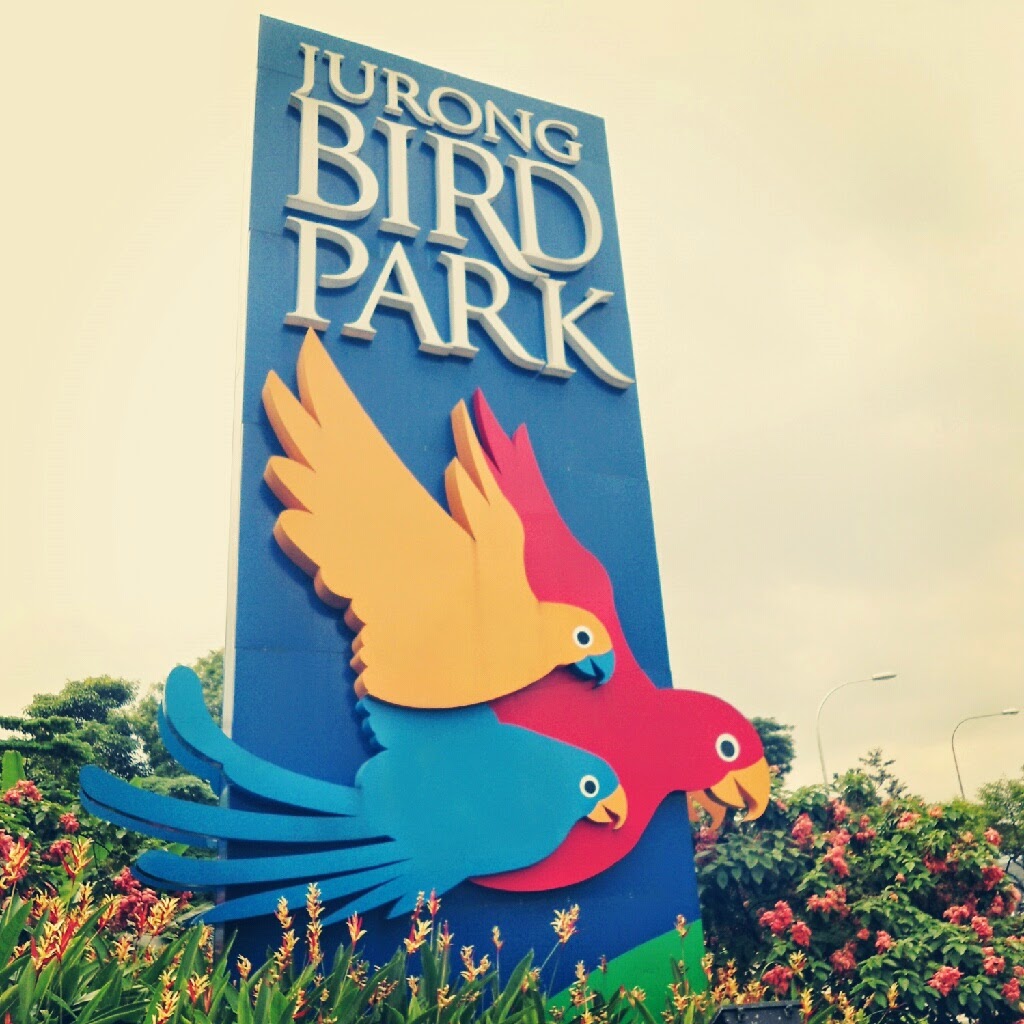Jurong Bird Park Singapore
Because shopping is too mainstream, I'd rather choose to go to Bird park than shopping.
My next destination is Jurong Bird Park.
Jurong Bird Park is a tourist attraction in Singapore managed by Wildlife Reserves Singapore. It is a landscaped park, built on the western slope of Jurong Hill. It is located within the Boon Lay Planning Area of the Jurong district and has an area of 202,000 square metres (50 acres).
Jurong Bird Park is now a world-famous bird zoo where there are specimens of magnificent bird life from around the world, including a large flock of flamingos. It is currently the world's largest bird park in terms of number of birds, and second largest both in number of bird species and land area (after Germany's Weltvogelpark Walsrode). There are 5,000 birds of 380 species in Jurong Bird Park. Of these, 29 are of threatened species.
There are some exhibit that shown in this park.
1. African Waterfall Aviary
The African Waterfall Aviary is the second largest walk-in aviary in the world, covering 2 hectares (4.9 acres) and including more than 600 free-flying birds from over 50 species. The aviary is named after the 30-metre (98 ft) Jurong Falls, the world's tallest man-made waterfall. Species include Golden-breasted Starling, turacos, and the hoopoe.
2. Dinosaur Descendants
in one corner of the zoo there is a section full of flightless birds. Ostriches, emus, rheas, and cassowaries are the residents of this exhibit.
3. Southeast Asian Birds Aviary
Visitors can view the largest collection of Southeast Asian birds, which has over 200 species. There are large, central walk-in aviary and peripheral aviaries that house the more delicate or territorial birds. A daily simulated mid-day thunderstorm is followed by a cool, light drizzle. Territorial species are kept in large cages, while species that can coexist with each other (fruit doves and pigeons being two examples) are left to fly free in the aviary.
4. Lory Loft
It covers 3,000 square metres (32,000 sq ft), is about 9 storeys high, and is the world's largest walk-in flight aviary for lories and lorikeets, with over 1,000 free-flying lories. The ambience is similar to that of a rainforest valley in tropical Northern Australia. Visitors can offer the lories a special nectar mix and the birds will flock to them.
5. Penguin Coast
Penguin Coast houses five species of penguins within 1,600 square metres (17,000 sq ft). Featuring a 21-metre (69 ft) tall Portuguese galleon facade designed to resemble a ship, the interior of Penguin Coast is constructed with timber beams and wooden flooring. Penguin Coast is home to the Humboldt, Rockhopper, Macaroni and King Penguins which live in an indoor, climate-controlled den as well as an outdoor penguin enclosure showcasing African penguins, one of the few species that are adapted to the tropics. Joining them are the Cape Shelducks and gulls.
6. World of Darkness
Asia's first nocturnal bird house features a system of reverse lighting, converting day to night and vice versa. On display are 60 birds from 17 species, like the Night Herons, Fish Owls, boobook owls and Snowy Owls. It is akin to a quiet nocturnal walk along a starlit jungle path, watching birds in their nocturnal surroundings and hearing them beckon.
Visitors can catch a glimpse of all 7 species of pelicans, including the endangered Dalmatian Pelican. There is a boardwalk, where visitors can stroll along and observe these birds. Visitors can also see the pelicans at the world's first underwater viewing gallery for pelicans, where the birds scoop for fish at feeding time.
It's good to feel the nature of life :)



















0 comments
Drop your question here. Thank you! 😊